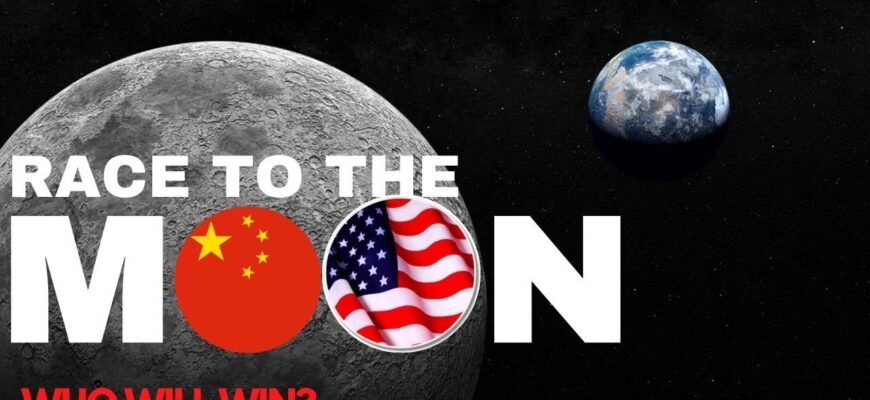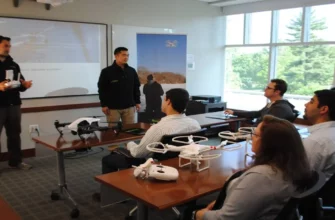Fifty years after humanity last set foot on the Moon, the stage is set for a dramatic return. Yet, as NASA`s ambitious Artemis program aims to rekindle our lunar romance, it finds itself entangled in a web of technical complexities, budget woes, and the quiet, persistent march of an emerging rival: China. The 21st-century space race isn`t just about reaching the Moon; it`s about who gets there first, and with what enduring legacy.
Artemis III: A Grand Vision Under Strain
NASA`s Artemis III mission, slated to land astronauts on the Moon for the first time since Apollo 17 in 1972, was initially targeted for 2027. This ambitious endeavor promises not just a fleeting visit, but the establishment of a sustained human presence on our celestial neighbor. However, the path to the Moon, it turns out, is paved with more than just good intentions and advanced rocketry. Current projections have already pushed the launch date back to 2028, with whispers suggesting further delays are all but inevitable.
SpaceX`s Starship: Innovation`s Double-Edged Sword
At the heart of Artemis III`s challenges lies the Human Landing System (HLS), a modified version of SpaceX`s towering Starship. Elon Musk`s creation is undeniably revolutionary, designed to redefine space transport. But its role in Artemis demands an unprecedented feat: in-space refueling. This complex ballet of cryogenic fuel transfers between multiple Starships in Earth orbit is a crucial, yet unproven, technological hurdle. Initial tests, once planned for early this year, have now been deferred to at least 2026. A seemingly minor adjustment in schedule for such a monumental task, but in the unforgiving world of spaceflight, every delay compounds.
The Starship program itself has been a spectacle of ambitious tests, often culminating in spectacular unplanned disassembly. While invaluable for iterative design, the fact that three out of the last four test flights of the foundational Starship rocket have ended prematurely does little to instill confidence in a module tasked with ferrying precious human cargo to a distant lunar surface. Innovation, it seems, often comes with a side of unforeseen complexity and, occasionally, a fiery demise.
Beyond Starship: Program-Wide Predicaments
The issues aren`t confined solely to SpaceX`s audacious undertaking. Other critical components of the Artemis program, such as Lockheed Martin`s Orion spacecraft and Boeing`s Space Launch System (SLS), are also reportedly facing their own development delays and significant budget overruns. Experts within the industry don`t mince words: the Starship lander remains the most technologically risky element of the entire mission, a sentiment that might keep a few NASA officials up at night.
Three former members of NASA`s leadership recently published a stark warning in SpaceNews. Their concerns centered on a perceived lack of public oversight and independent expert review, going as far as to bluntly state, “If we need a Plan B, it needs to start now.” A polite way of saying the current trajectory might be less than optimal.
China`s Steady Lunar Ascent: A New Rivalry Ignites
While NASA grapples with its complex machinery and schedules, another major player is making quiet yet significant strides. The Chinese National Space Administration (CNSA) has officially declared its intention to achieve a crewed lunar landing by 2030. This isn`t just a distant dream; it`s a rapidly advancing program marked by successful robotic missions, including lunar sample returns and far-side landings. Their timeline appears less burdened by the public scrutiny and multifaceted corporate dependencies that define the American effort.
The juxtaposition is striking: America, the historical pioneer in lunar exploration, faces internal friction and external delays, while China, with its centrally directed program, aims for a precise, self-imposed deadline. It’s a classic tortoise and hare scenario, though in this version, the hare might be tied up in bureaucratic red tape and the tortoise is building bigger shells.
The Stakes of the Modern Lunar Race
The competition to return to the Moon is more than just a matter of national pride; it holds profound implications for scientific discovery, resource utilization, and geopolitical influence. Establishing a long-term presence on the Moon could unlock access to valuable resources, serve as a stepping stone for deeper space exploration, and provide a strategic outpost in an increasingly competitive cosmic arena.
As the “finish line” for lunar landings drifts further into the future for Artemis, the prospect of China reaching the Moon first — or at least very close in time — becomes a tangible reality. The legacy of Apollo may soon face a formidable challenge not just from the inherent difficulties of space travel, but from the relentless progress of a rival nation. The Moon, once a symbol of humanity`s collective aspirations, is once again becoming a chessboard for global ambition.







